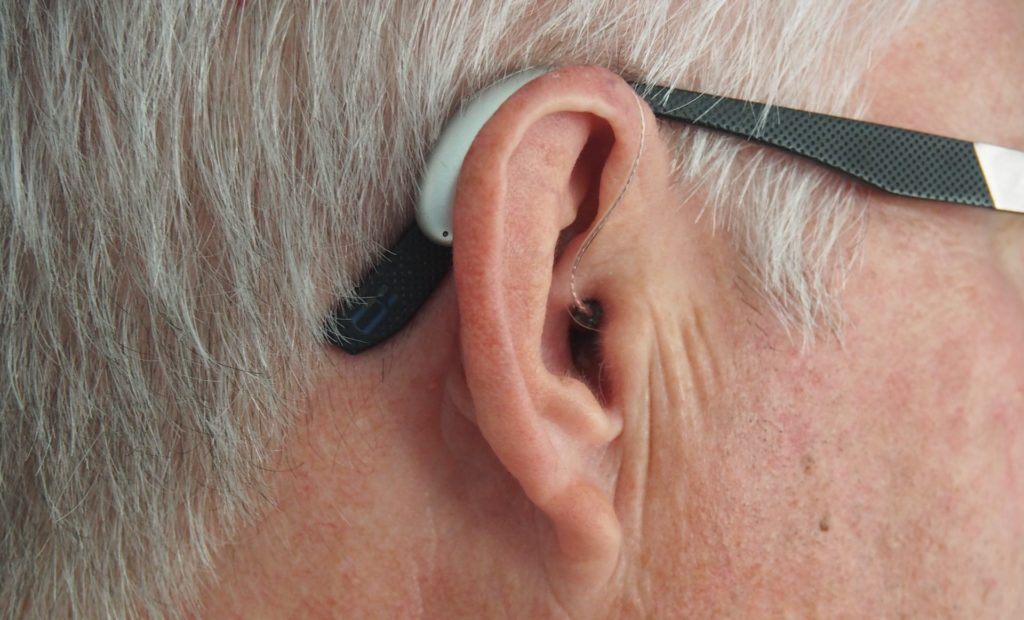Alexander Graham Bell's telephone utilized a carbon microphone and a battery, transmitting noises throughout time and also space to directly to peoples' ears. Individuals that had problem with hearing loss would certainly use the receiver and microphone of the telephone to amplify audios in conversation, though it did not necessarily function very well. The next significant turning point was creating a business complete electronic listening device. The Senso was the first commercially effective, full electronic hearing aid, and was produced by Widex in 1996.
- The listening devices included a body-worn cpu that had a hardwire connection with an ear installed transducer.
- The Acousticon Design 28 carbon listening devices-- a reduced- powered single carbon microphone listening devices displayed in its resonant case.
- The 1990s saw the look of the first all-digital hearing aid.
- This made it almost difficult to conceive the concept that hearing aids could be made into something that could be made to fit onto an ear.
- When three researchers with Bell Laboratories designed the transistor, they had no concept the impact it would make on the world.
The system of multi-channel amplitude compression would be later on used as the essential structural design for the initial hearing aids that made use of digital technology. The inter-war interregnum duration would come to be specifically worthwhile for hearing aid users. With the introduction of vacuum cleaner innovation, at last people that suffered from hearing loss would have something approximating a genuinely modern-day listening devices. Custom-made earmolds after that obtained their initial United States license in 1926, paving the way for a system that has continued to be in position since.
This very early 1980s photo reveals a listening device with a transistor that is used over the chest with shoulder bands. It would sometimes have a trouble with fixed disturbance, even if the wearer laughed or grinned. Using ear heralds for the partially deaf, go back to the 17th century. By the late 18th century, their use was ending up being significantly common.
That Created The First Listening Devices?

Making use of appendages to assist with hearing goes back a lengthy means. It wasn't up until the 17th century that modernized ear heralds really started to find their niche, though, with Sir Samuel Moreland creating a huge speaking trumpet made of glass. This initial trumpet was rather unwieldy, gauging at some 2 feet 8 inches.
Listening To Aid Background: From Ear Heralds To Digital Innovation
Users would certainly have a receiver that can fit inside a pocket and also connect it to their garments. Nevertheless, the batteries were quite cumbersome and needed to be strapped https://465255.8b.io/page12.html to a leg. These constructions looked a great deal like a horn or trumpet and also were placed against the wearer's ear. The horn didn't magnify audio, so it will come as not a surprise they weren't that helpful.
A headband held them to your head, or a cable ear-hook hooked over your ears. The first ear trumpets most likely occurred when somebody found that the hunting horns and also loudspeakers currently in use could be turned around and the mouthpiece held up to the ear to make distant audios louder. Surprisingly sufficient, acoustic listening device didn't die out entirely with the creation of even more contemporary hearing aid innovations. Hence, the trend was to make hearing aids as tiny and also invisible as possible offered the technology in operation at the time. This also triggered disguising hearing aids in numerous ingenious ways so people couldn't inform you were putting on a listening device.
There was restricted frequency, and also a great deal of history sound often came with the sound. Despite the responses, they were consistently utilized from 1902 until the following creation Frederic C Rein created the collapsible trumpet in 1800's to make a trumpet extra pleasing to the eye which caused the acoustic headband. But the very first digital hearing aid was created as a straight outcome of Alexander Graham Bell's innovation of the telephone in 1876. As the telephone had technology to control the regularity, distortion and volume of sounds, this made up the vital components of a hearing aid.